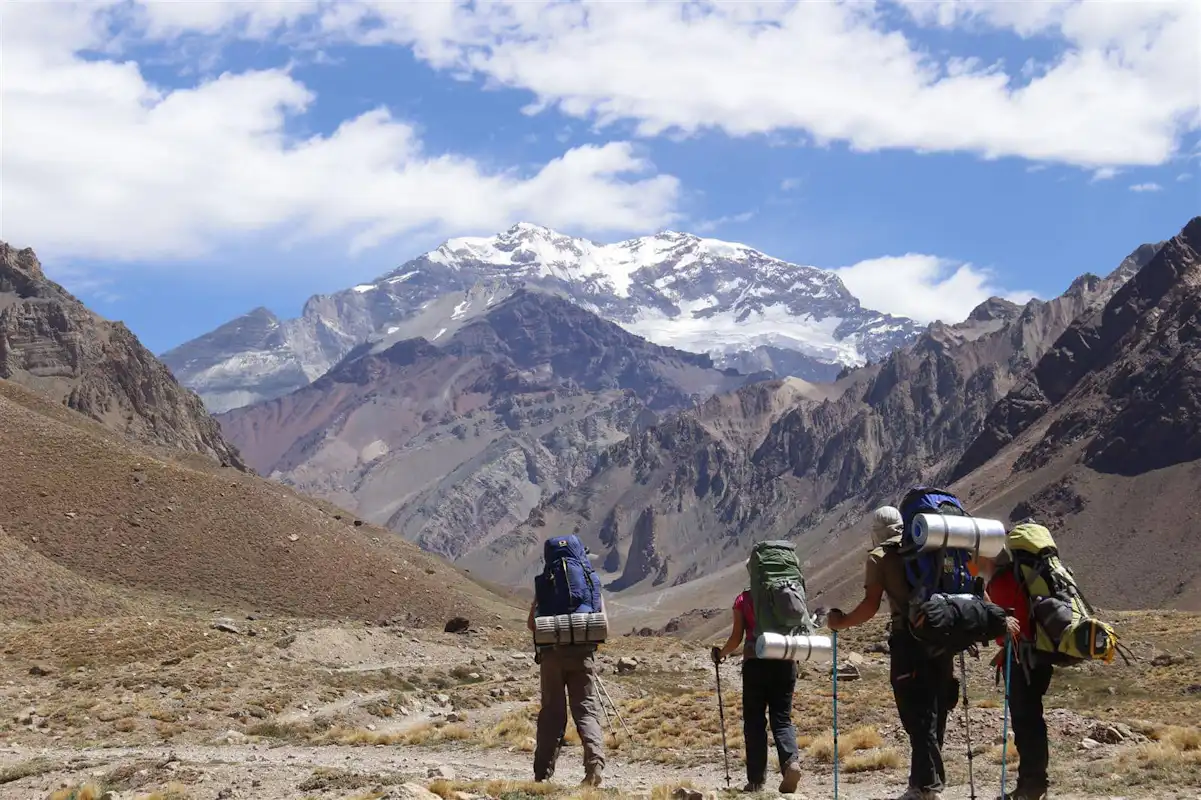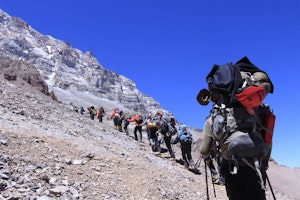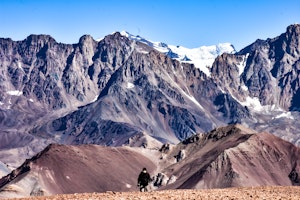At 6,960 m, Aconcagua, one of the Seven Summits, is the highest mountain outside Asia and the second-highest in the world after Everest. It is located in South America, in the Andes range, in the Mendoza province of Argentina.
Every year, mountaineers from all around the world are drawn to this towering Andean giant to tackle its flanks on the way up to its summit. However, although climbing Aconcagua is pretty straightforward from a technical perspective, due to its high altitude, proper acclimatization is key.
Many expeditions to the summit of Aconcagua take this into consideration and include acclimatization programs in their itineraries. These trips usually last around 18 days or more and consider other shorter climbs in Mendoza as part of the preparation for the final challenge. However, not all mountaineering tours to the Aconcagua summit feature an extensive acclimatization program. Furthermore, some people require more preparation than others. Therefore, for those planning to climb this mountaineering landmark, it is always good to consider additional acclimatization options.
We asked Luciano, an EPGAMT Mountain Guide from Mendoza, to share some of his knowledge regarding acclimatization for Aconcagua. Read on to find the best trips in the stunning mountains of Mendoza to prepare for your Aconcagua climb and look at some of the mountaineering options in the region offered by our guides to start planning your trip!
Also, find a complete guide to climbing Aconcagua, and, what it will cost you.
Why is acclimatization important and what does it consist of?
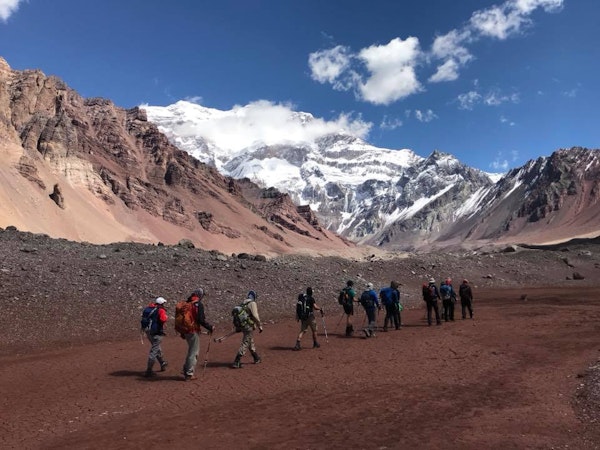 Aconcagua
Aconcagua
Acclimatization is the process through which living organisms adapt to change. In mountaineering, this term is used to express the adaptation of the human body to high altitudes. At approximately 2,100 m.a.s.l, oxygen levels begin to drop, and so, the body increases breathing depth and rate. This can in turn increase the blood PH and suppresses the digestive system. In concrete symptoms, this is usually felt as sluggishness and slow digestion.
At higher altitudes, however, the strain on the body is greater. Without proper acclimatization, the body may undergo Mountain Sickness with varying degrees of gravity, which become more dangerous the higher up you go. In fact, altitudes above 8,000 m.a.s.l are termed the "death zone" due to the fact that humans can't adapt to these altitudes without supplementary oxygen.
Therefore, it is important to follow an adequate adaptation program to compensate for increases in altitude, especially when tackling very tall mountains such as Aconcagua. The full adaptation usually requires gradual increases in altitude and rest days to allow the body to adjust. A good option is to arrive a few days before the trip to try some additional excursions to lower mountains to begin the acclimatization process slowly. However, acclimatization is not only physical. Luciano's integral adaptation follows the following 3 steps:
1. Training the mind
reading and watching videos about the subject.
surrounding yourself with people that share the same motivation.
getting information about your objective including routes, typical accidents, statistics, equipment costs, programs, etc.
taking long walks alone or with someone else.
2. Physiological training
start with small scale experiences similar to the one you wish to try.
expose yourself to similar climatic conditions to those you will encounter on your climb so that you already know how your body will react.
learn to hydrate adequately for high altitude climbs where you will need to drink between 4 to 5 liters of liquid per day.
learn to spend long hours without ingesting liquids.
experiment with different physiological conditions and become aware of the body's response to different stimuli.
3. Physical training
Gym
Running
Bicycle
Train the upper body, especially abs and back
Train resistance with long walks
Where to acclimatize
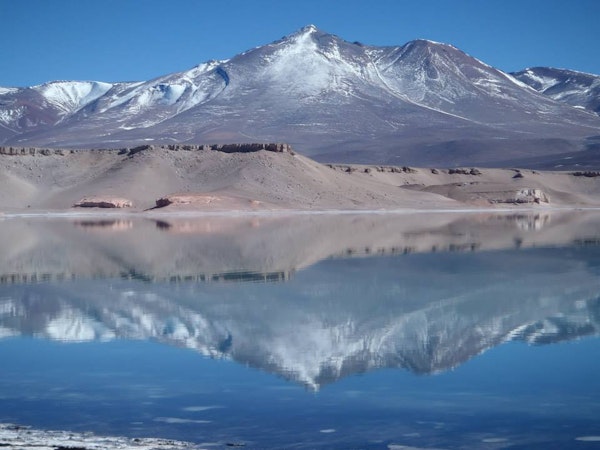 Aconcagua
Aconcagua
Many of the climbing options to prepare for Aconcagua lie in the Aconcagua Provincial Park, others lie in the Cordón del Plata range, a little further south in the Tupungato and Luján de Cuyo departments. This range is approximately 80 km away from Mendoza and is considered to be the perfect mountaineering "school". Other options outside Mendoza are also interesting alternatives to explore, for example, Catamarca has many options to climb mountains that are over 6000 m.a.s.l.
"In Mendoza, the Cordón del Plata range has always been our school, where we've gained most of our experience. It's nearby and offers different possibilities with a variety of challenges to tackle depending on where you want to place your bets.
In terms of altitude, Catamarca is our fun park due to the enormous concentration of mountains over 6000 m.a.s.l. The logistics are more complex and you can set your own safety parameters. It's a whole other ball game!"
Check out this 12-day ascent to Cerro Incahuasi that Luciano offers in Catamarca!
Short Trips in Mendoza to prepare for Aconcagua
Cerro Penitentes
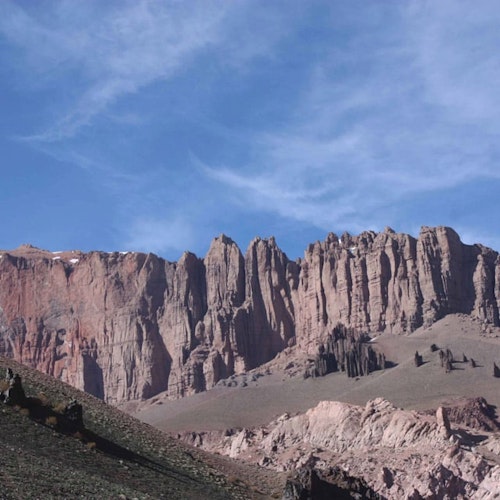 Aconcagua
Aconcagua
At 4351 m.s.n.m, Penitentes is a great option to begin with Aconcagua acclimatization. It is located in Cordillera del Límite, 23 km's away from Chile and 180 km's away from Mendoza. It's not only a great training option for more challenging ascents but will also give you great views of Aconcagua as it is located in the same region. Furthermore, there are Inca remains towards the top of this peak, which makes it interesting from a historical perspective as well! Try this 3-day climb to Cerro Penitentes and make the most of your Mendoza adventure!
Cerro San Bernardo
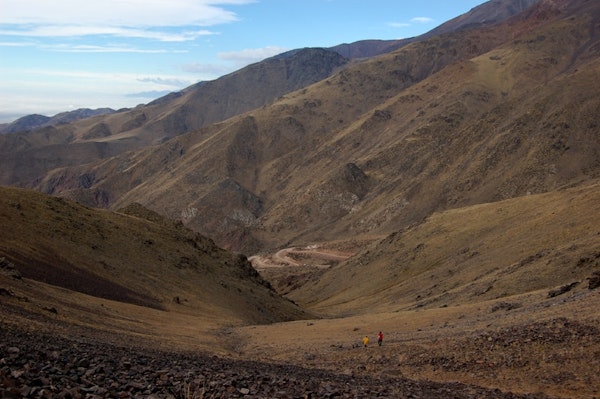 Aconcagua
Aconcagua
At 4114 m.a.s.l, Cerro San Bernardo is a mountaineering classic in the Cordón del Plata region. It is an easygoing option to prepare for higher summits, and is near the famous Vallecitos ski resort, around 80 km's away from Mendoza City. This 3-day Cerro San Bernardo Climb offers a relaxed and scenic ascent option to prepare before tackling the Aconcagua summit.
Cerro Adolfo Calle
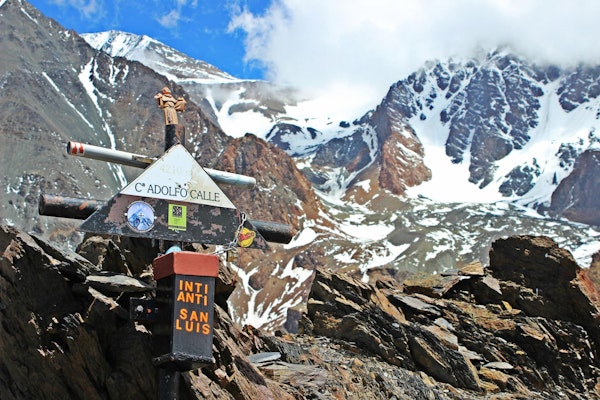 Aconcagua
Aconcagua
At 4272m, another option in the Vallecitos region is the Cerro Adolfo Calle. It is a pretty straightforward climb, which makes it great for acclimatizing.Try this 2-day mountaineering in Mendoza trek and choose one of the many options in the Cordón del Plata range to prepare for your ascent to Aconcagua.
Cerro Stepanek
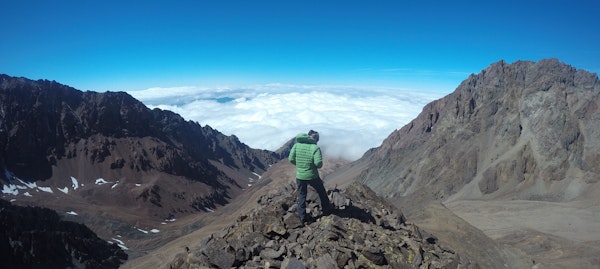 Aconcagua
Aconcagua
At 4100m, Stepanek is often paired with Adolfo Calle on mountaineering tours due to their proximity. Although slightly lower in altitude than the Adolfo Calle, views from the summit are reputed to be better. Your best bet is to go to both and do a double preparation! Check out this 3-day Adolfo Calle and Cerro Stepanek option**.**These are just some of the options in the region that allow for short trips to acclimatize for the more challenging Aconcagua ascent. There are also plenty of options to train and prepare on longer and more challenging programs.
Longer trips in Mendoza to prepare for Aconcagua
Cerro Tolosa
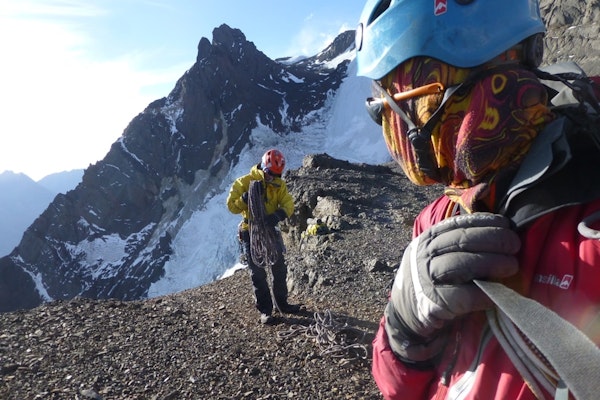 Aconcagua
Aconcagua
In the Aconcagua vicinity, Cerro Tolosa is another great option to acclimatize and train. It lies at an altitude of 5,307 m.a.s.l and is famous for the beautiful glaciers at its summit. Climbing Tolosa is not without its challenge, but well worth the reward and a great way to prepare for Aconcagua. On this 8-day Cerro Tolosa mountaineering excursion, you will enjoy both a challenge and a nice slow pace for gentle acclimatization.
Cerro El Plata
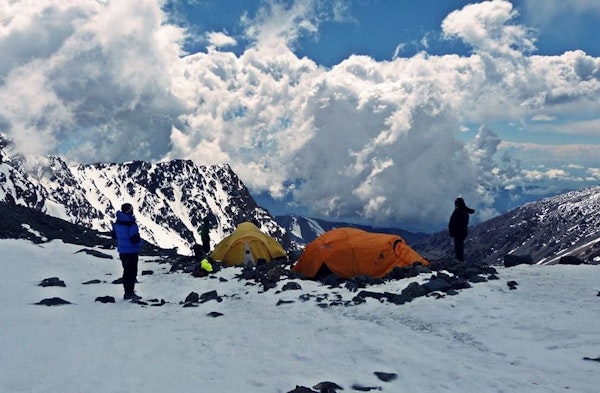 Aconcagua
Aconcagua
At an altitude of 5,968, Cerro El Plata is the highest mountain in the Cordón del Plata range and a great place to train for more challenging climbs such as Aconcagua. It is a favorite amongst mountaineers to prepare and acclimatize. On this 7-day Cerro El Plata ascent, you will get a chance to gradually go up to the summit of this peak which will allow your body to slowly adjust to the altitude.
Cerro Vallecitos
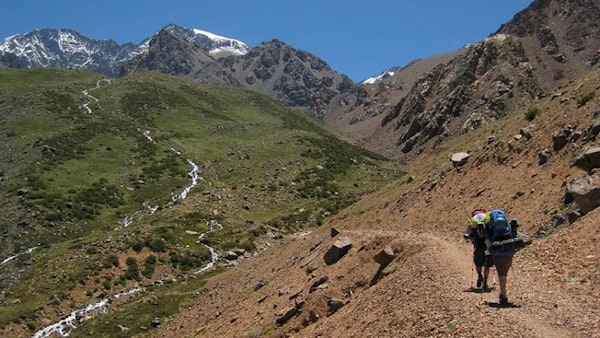 Aconcagua
Aconcagua
At 5469 m, Cerro Vallecitos is another great option in the Cordón del Plata range to train for Aconcagua. This 6-day Vallecitos program includes climbing up Mt. Arenales, which at 3.299 m.a.s.l is an easy-going ascent, and then tackling the summit of Mt. Vallecitos which makes it an ideal program for anyone who wants a gradual and slow acclimatization program.
"When I have one of these expeditions I like to go to Vallecitos in the Cordon del Plata range, and then the Aconcagua ascent is a lot faster and cheaper."
Climbing Aconcagua is a mountaineering dream that can easily be achieved with the correct preparation. Technically it is not a complex mountain to climb, but proper acclimatization is a must. Pick your acclimatization program now and start planning for an unforgettable climb to the top of the world's highest mountain after Everest!
